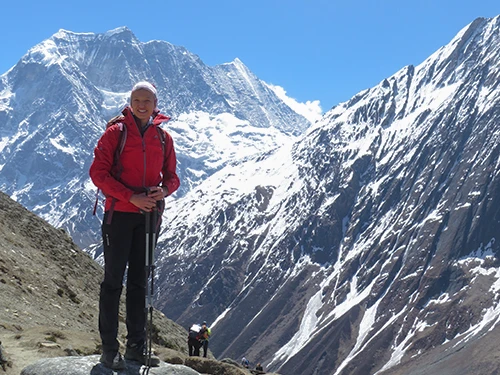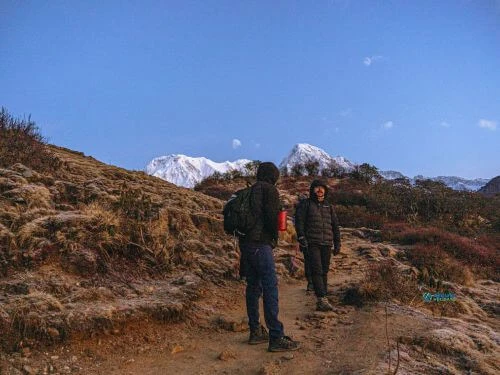Want to see Mount Everest up close but can’t spare a whole month? The Everest Base Camp Short Trek gives you the full Himalayan experience in just 12 days — perfect for people who want big adventure on a tight schedule.
You’ll fly straight into Lukla, a small mountain airport, and start hiking through forests, rivers, and stone-paved Sherpa villages. Along the way, you’ll pass through famous places like Namche Bazaar, visit Tengboche Monastery, and walk beside the icy Khumbu Glacier. Every day brings new views of snowy peaks, fluttering prayer flags, and mountain life.
The final goal isEverest Base Camp (5,364 meters), where climbers begin their journey to the top of the world. You’ll also hike to Kala Patthar (5,545 meters) — the best spot to see Mount Everest up close.
This trek is shorter than the classic 2-week route, but it’s still challenging. You’ll hike for hours each day at high altitude. Good fitness and strong willpower go a long way. If you want a real mountain experience without spending a month in the Himalayas, this 12-day trek is the perfect fit.
But let’s be real — is it the right fit for you? What should you expect in terms of difficulty, cost, and experience? Let’s break it down.
Why Choose the Everest Base Camp Short Trek?
Most Everest treks usually take about 14 to 16 days, but what if you only have 12? That's why the Everest Base Camp short trek is a perfect fit for these people
- Travelers on tight schedules
- Fit trekkers who don’t mind longer hikes each day
- Adventurers wanting a high-altitude experience in fewer days
- Return visitors to Nepal looking for a quicker challenge
Everest Base Camp Short Trek Distance
Just because it's called a “short trek” doesn't mean it's a short walk. The total round-trip distance for the Everest Base Camp short trek is about 130 kilometers (roughly 81 miles), beginning and ending at Lukla.
You’ll be walking 10 to 15 kilometers a day, depending on the terrain and altitude. This is manageable if you have moderate fitness and take things at your own pace.
While the duration is trimmed, the distance is not, so some days will feel longer than a traditional itinerary. But with stunning views and rewarding stops along the way, the miles tend to fly by.
Best Time For Everest Base Camp Short Trek
Timing your trek right makes all the difference. The best time for the Everest Base Camp short trek comes down to two standout seasons — both offering unbeatable views and great trail conditions.
Spring (March to May): Expect blooming rhododendron forests, mild temperatures, and clear skies. It’s a colorful, vibrant time to trek through the Himalayas.
Autumn (September to November): Known for crystal-clear mountain views, this season offers the most stable weather and some of the best trekking conditions.
Avoid the monsoon months (June to August) — heavy rains can lead to landslides, flight delays, and leech-filled trails. Winter (December to February) can be beautiful but brutally cold, so it’s best left to those with high-altitude experience and proper gear.
Everest Base Camp Short Trek Weather
Month | Temp Range (°C) | Weather Notes |
March–May | -6 to 15°C | Blooming flowers, warming up |
June–August | 0 to 16°C | Wet, slippery, clouded views |
Sept–Nov | -8 to 12°C | Dry, best views, crowded |
Dec–Feb | -15 to 5°C | Very cold, snowy, quiet trails |
Everest Base Camp Short Trek Difficulty
The Everest Base Camp Short Trek isn’t a technical climb — you won’t need ropes, helmets, or mountaineering skills. But don’t underestimate it. The combination of high altitude, long walking days, and cold weather makes it a serious physical challenge.
- Trek duration: 6–7 hours of walking per day
- Elevation: Over 5,000 meters at EBC and Kala Patthar
- Conditions: Cold temperatures and basic teahouse accommodation
- Health risk: The chance of altitude sickness without proper acclimatization is high
- Trekker level: Beginners can complete it with the proper prep and a good guide
Even though this trek doesn’t require climbing gear or mountaineering skills, it still pushes your body and mind. You’ll walk for several hours a day, often uphill, and the high altitude makes everything harder — breathing, sleeping, even eating. The nights get cold, and the lodges are simple, offering just the basics. Altitude sickness is a real risk if you rush the journey or skip rest days. But with smart planning, slow pacing, and a knowledgeable guide, even first-time trekkers can take this on. You don’t need to be a pro — you just need to be prepared.
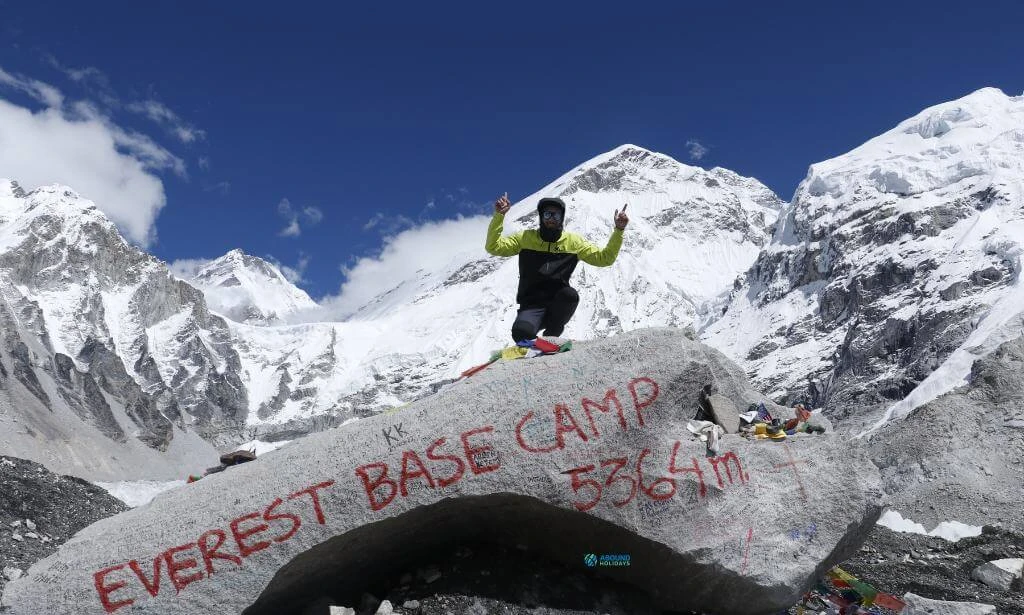
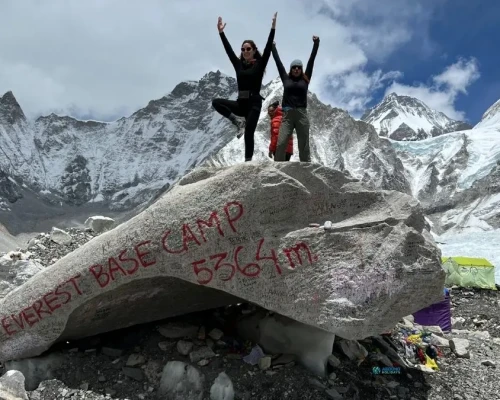
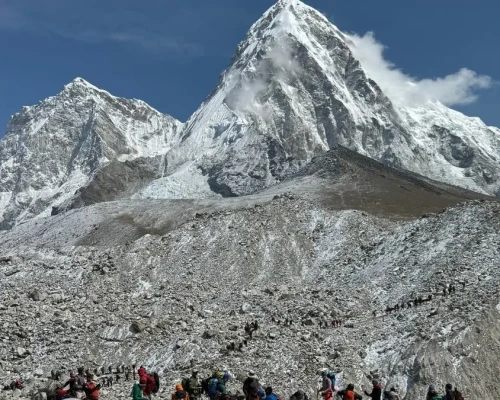
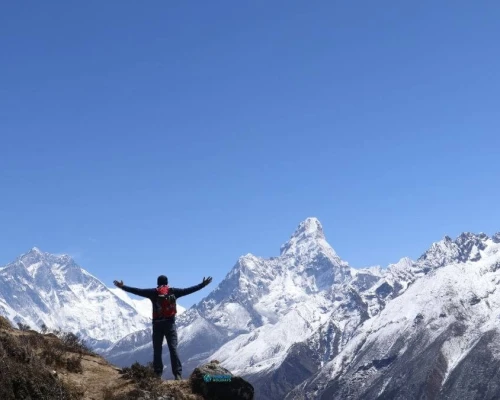
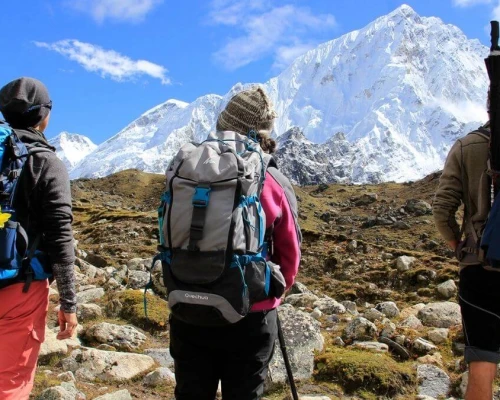
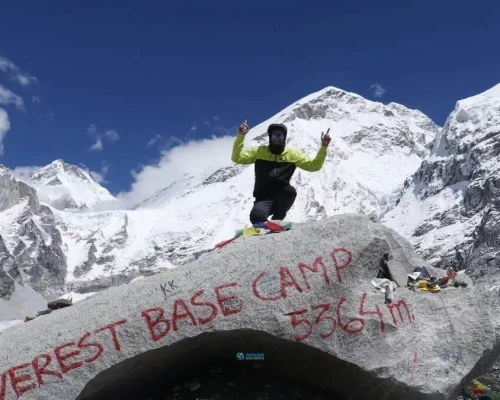
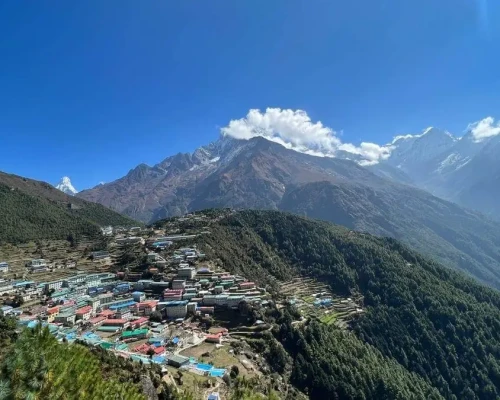
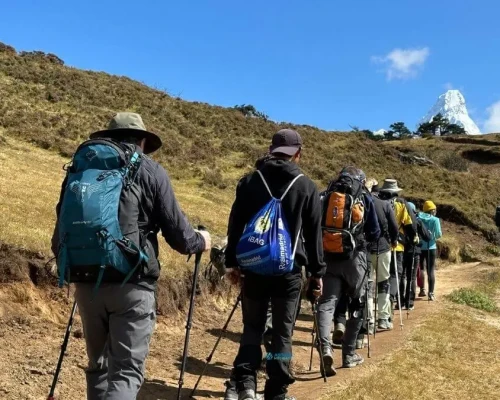
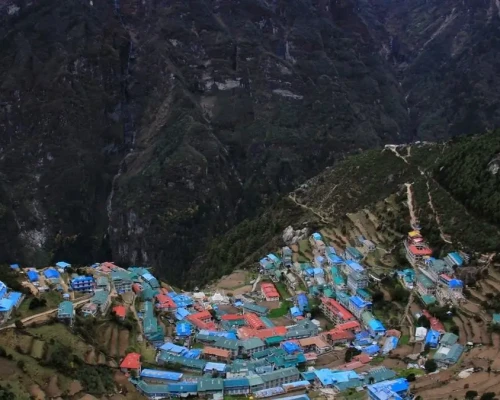

 based on 5 reviews
based on 5 reviews